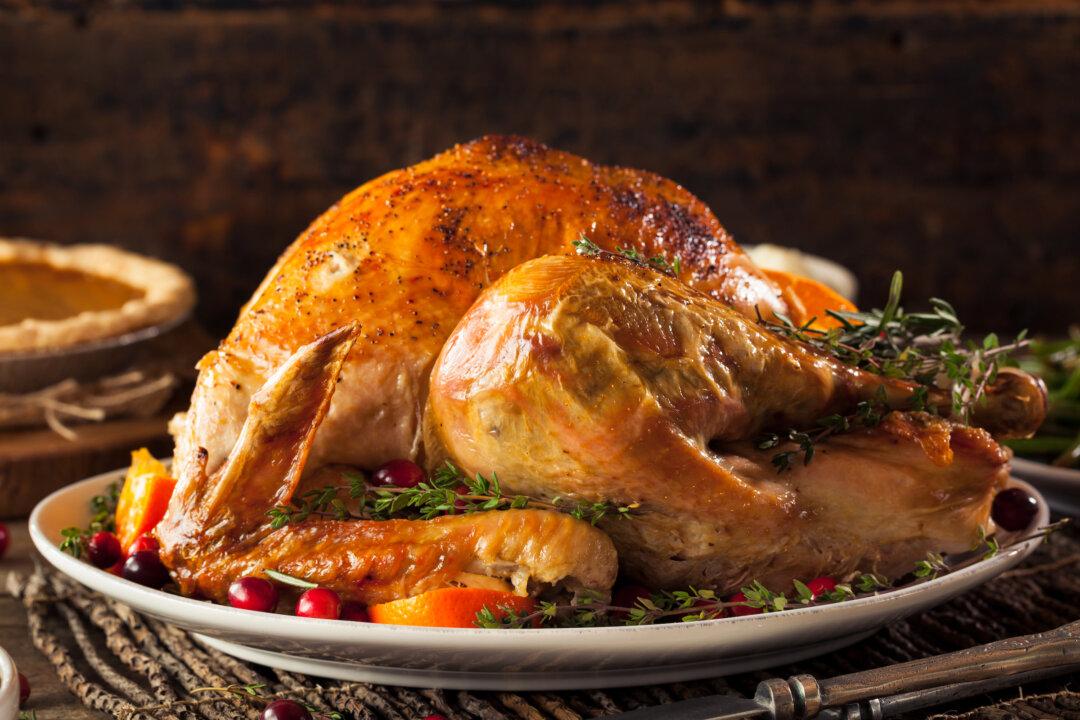Indian cuisine gets a bad rap. Anupy Singla, business reporter-turned-cookbook author and champion of Indian home cooking, gets that.
“When you think of Indian food, what comes to mind?” she asks in her newly-updated cookbook, “The Indian Slow Cooker.” “Be honest.”






